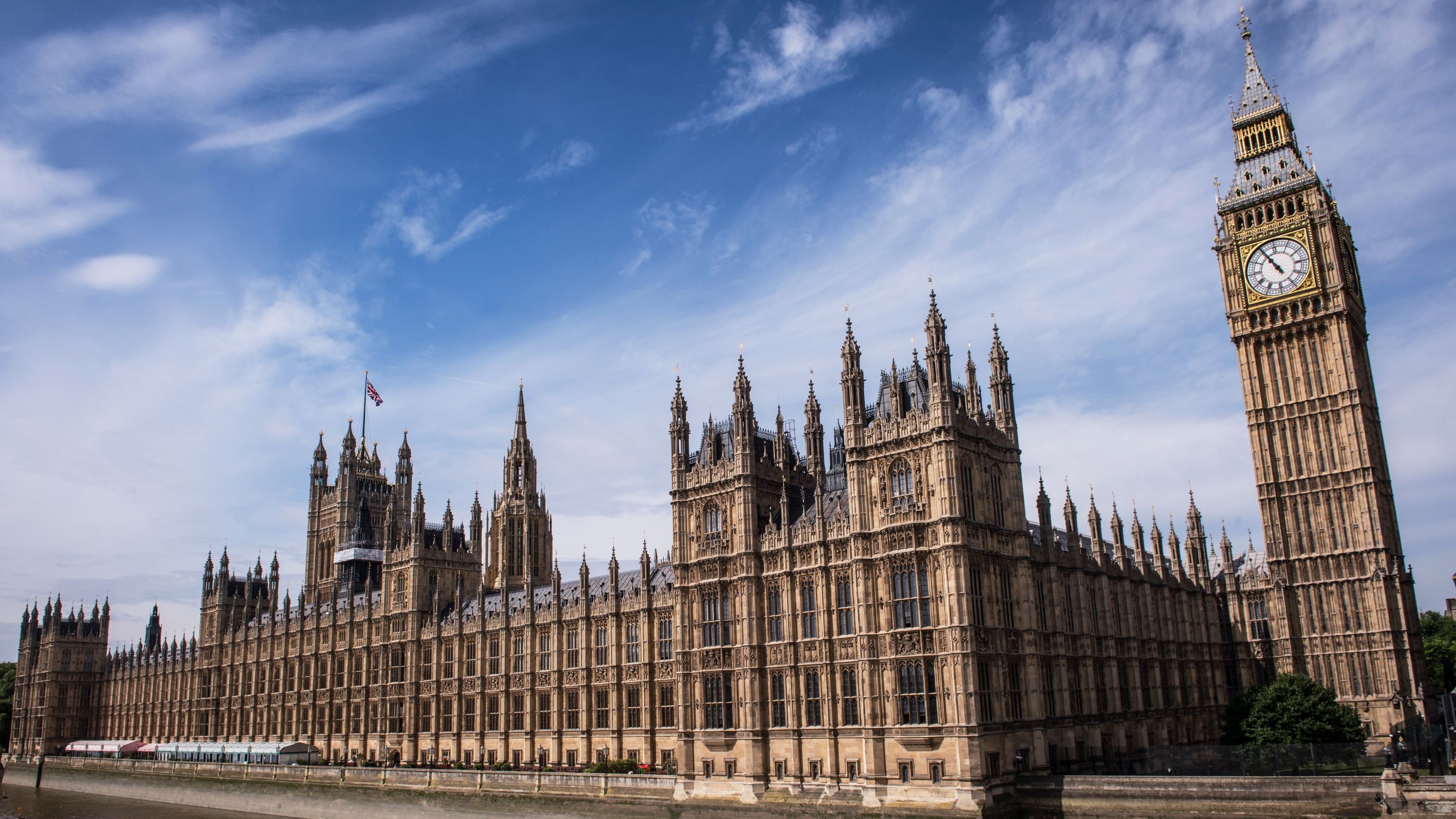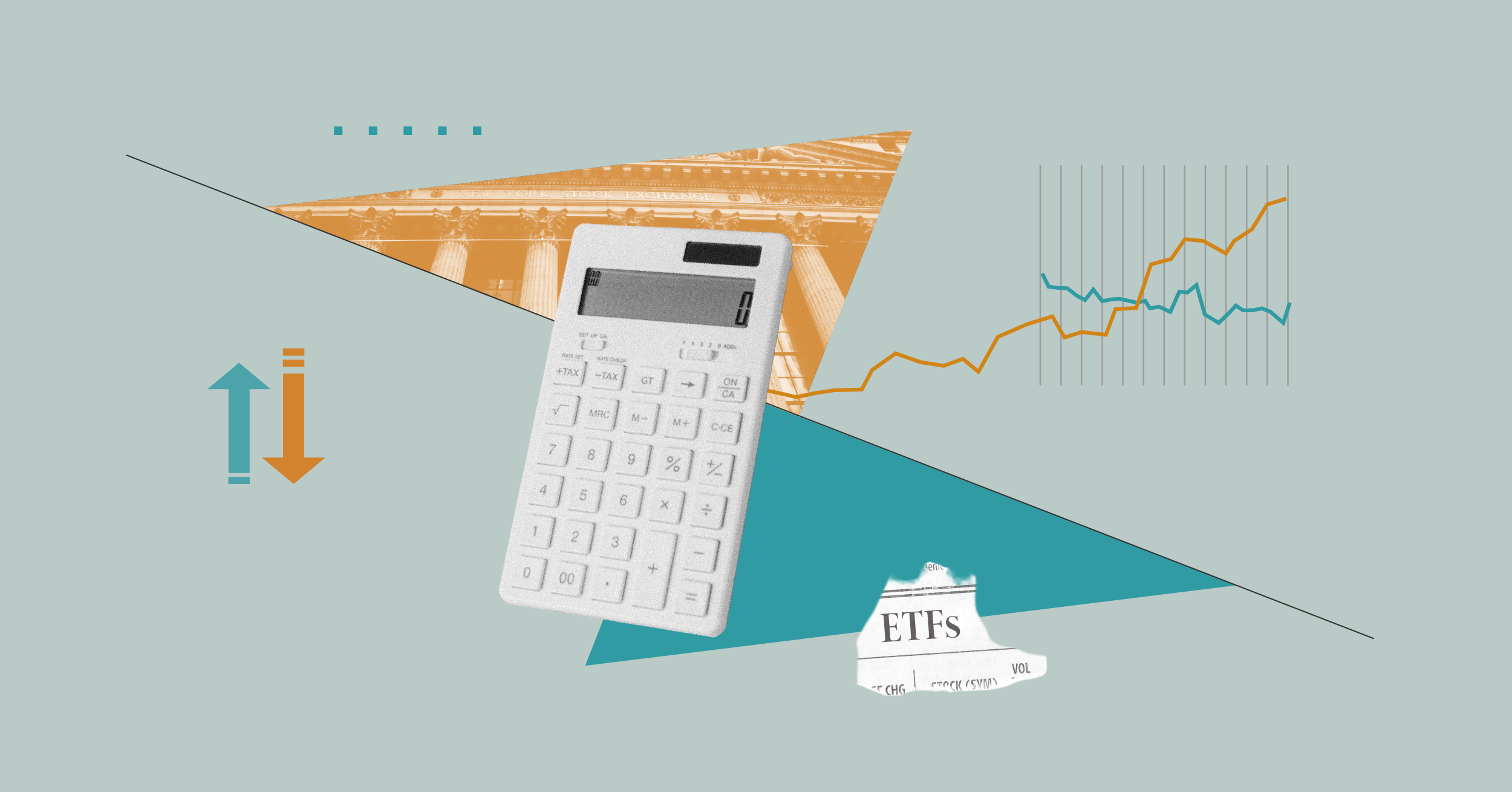The price of gold is forecast to rise above $2,000 an ounce over the next 12 months. It looks an attractive short term investment – provided you get out at the right time. For the longer term, you still can't beat shares.
Gold is currently around $1,650 an ounce, having topped $1,900 in September. And there’s the rub. Those who bought in the second half of last year, jumping on the bandwagon too late, are nursing a loss of up to 13% without any income to compensate.
Yes, gold has risen more than 600% over the past 10 years. Well done all those who jumped on the bandwagon in the early years of the Millennium, when shares were plummeting.
But that’s then and now’s now. Gold remains, as ever, purely a play on more people piling in. If you jump on the roundabout just as it reaches maximum speed you are thrown off with a nasty bump.
Gold has benefited particularly from the turmoil of the past four years. Emerging nations have fuelled the rise by buying gold as a hedge against possible default in sovereign debt. While that turmoil could well continue for the rest of this year - and we have certainly not seen the end of the euro crisis – a considerable amount of disaster has been factored into the gold price already.
Shares have also had bad news factored in, with the opposite effect on the price. Despite a period of relative calm so far this year, the FTSE 100 is still well below its recent peak above 6,000 points and even further below its all-time high just short of 7,000 points. So we still see plenty of solid prospects with yields of 4% or more.
Inflation is at last coming down. A drop in the Consumer Price Index from 4.8% to 4.2% in December will be matched by another sharp fall this month as last year’s VAT rise drops out of the equation. The modest rise in the value of the pound against other key currencies has taken pressure off imported inflation, especially fuel costs that feed into the whole economy. Shares will soon be yielding more than the rate of inflation again.
The Bank of England is set to hold interest rates at 0.5% and to restart quantitative easing. Thus savings accounts and gilts will continue to offer lower yields. I am starting to feel that share prices could rise quite strongly this year. The euro crisis permitting, I will stick my neck out and suggest we will top 6,000 points again before the year is out.
























